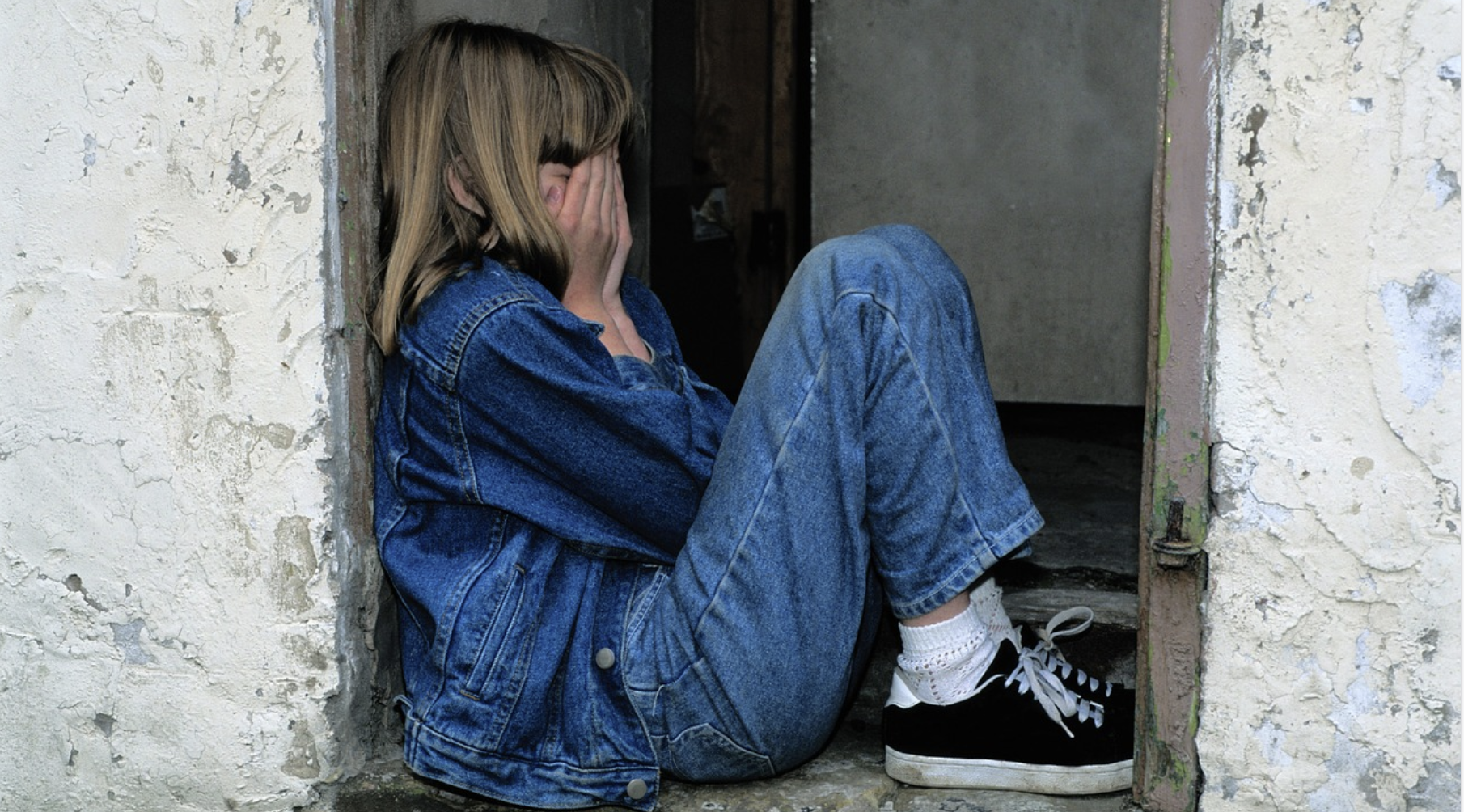Here is the draft of my presentation for March!
First, let’s take a moment to relax. Everyone take a big breath, hold, and exhale.
Ok, let’s do this.
Here are some things you need to know about me:
- I am the oldest daughter of an oldest daughter.
- I’m pretty type A and I like to get things done, which is something I didn’t need a strengths finder to know.
- I’m achievement driven and make lists like no tomorrow.
- I like providing information. I keep it in my head until the opportune moment arises.
- Deadlines are my friend.
The past few months with you have really let me inventory all my strengths, and what I’ve learned during our time together is that my biggest strength is my relationships with others: at work, friends and family. Myy ah-ha moment was embracing my relationship strength.
Some other things you need to know about me:
- I have struggled with shyness, especially when I was young
- I’m an anxious person. Going to a gathering where I know no one? That is totally not my thing. I am definitely not a woo.
- To help with anxiety, I do yoga regularly.
- I am an introvert
You can see where I might run into some issues while trying to maintain relationships.
It’s really important to sustain these seemingly opposing selves – to be true to myself in relationships with others as well as my relationship with myself.
I’ve done yoga on and off for almost 15 years. In 2013, I found Fightmaster Yoga on Youtube and began a more regular practice. For the past couple years, I’ve done yoga almost every day. When I do yoga, my mind is so focused on the breath and poses and the movements of my body that all the pressures of the day, the anxiety, the people time that depleted me – it all disappears.
There’s a perception that yoga just about relaxing. Yes, it can help calm the mind, but it’s a meditation tool, a way to sharpen the mind, a way to strengthen, and so much more. And it’s not just self-care. When we do yoga, the benefits that help us individually radiate to our relationships and interactions with others.
Here’s how we can take this personal practice into our practice as leaders.
Foundation: the foundation of yoga is the breath and the sun salutation. Having a strong foundation for yoga is necessary as it is the start to all poses. You also need a strong foundation as a leader, whether it’s your woo, your intellection, your empathy. For me, I always thought my knowledge and achiever-type strengths were the most important. I like to get things done. But we need support and community, and in order to do that, I need my relationships first and foremost.
Find out what your foundation is. These are the things that should be second nature to you and become a part of your everyday without thinking. They become automatic, and when people see you, they know that your foundation is your sun salutation, your breath. No matter what other poses or problems you face, you know that you can always always count on your foundations.
Strength and flexibility: Yes, yoga is about the breath. But the asanas (or poses) are also an integral part of the practice, whether it’s a crow pose, a handstand, or a seated tadasana with a long spine. These poses use your body weight and core to create strength. No lie – yoga arms are a real thing. So many asanas create strength, but they also take time and practice to build. And it doesn’t necessarily get easier. Warrior two is a good example of a pose that can progress over time, just like building strengths.
Our foundations usually flow right into poses and strengths that we can make stronger. I am really good at getting things done and relationships. I am pretty good at making sure that the right people are in the room during projects, and that is something that I deliberately make sure to be aware of when assembling a team. That little bit of practice means that your practice of core strengths gets a little bit stronger, a little bit more extensive, and little bit more flexible.
Limits: In yoga there are limits. it took me years to get into scissors pose. I can sort of do a bird of paradise. And there are wraps that I just can’t get into. But the best thing about yoga is that it’s not about the pose as long as you feel a stretch.
I will never ever have woo in my top five. My last strength is includer. There are always going to be times that we need to use strengths that we hate using as a leader, and you need to fake it til you make it. Then afterward we wonder why we hate doing that and maybe it’s something that we should work on. But instead, if we recognize the limits in our strengths so we don’t expend a lot of energy on them, we can use that time making the best of our best strengths. That’s one of the top takeaways from this program for me. Don’t worry about what I’m not good at. I’m working on letting it go.
Balance: Just like noticing our limits, in yoga we always have to take note of balance. Even standing poses that seem easy can cause you to fall if your balance is off. And asanas that are centered on balance? They always take intense focus, awareness of the body, and a line of sight to stabilize.
We need balance in minds. We need balance in our lives and in our work. We need balance on our teams and with our coworkers. The wrong balance not only affects you, but it affects those around you. Being balanced is taking care of yourself so you can take care of others.
And just like in yoga, sometimes your balance is off that day. Sometimes you fall out, and that’s ok. You just get right back in.
Savasana: More than one yoga teacher I know has said that the most important pose is savasana – corpse pose. It is the final pose of the practice where your body and mind take in all the benefits of your practice. It’s also the moment where you can let your breath return to normal and your mind be in the present. It is a moment of rest.
It’s crucial to take time for yourself, to rest and relax. It’s crucial to figure out what your path is and to clear your mind so you can take the next step. I don’t know that I will ever take a director or manager role at my college, but I know I can be a leader in my current role, and I enjoy my work. I also decided to finally take the time to take yoga teacher training. After fall 2022 semester, I”ll be a fully certified yoga teacher. I don’t know what I’m going to do, but I am enjoying the experience and learning about yoga and myself.
Namaste: Yoga practice can bring so much to our lives and our interactions with others. It brings mindfulness, strength, and especially empathy and compassion for others. And the best part about it is it doesn’t take much – it can be 10 minutes a day. My favorite length for a practice is 20 minutes. Sometimes I do 45 minutes or an hour. What works for you is the best practice for you.
Normally, yoga practices are ended with namaste. Come to seated with hands together in front of the heart in anjali mudra. The following is how Lesley Fightmaster ends her practice:
Bring our hands to the forehead for clear and loving thoughts, hands to the heart for clear and loving intentions, and hands to the mouth for clear and loving communications.
The light in me sees and honors the light in you. Namaste.




